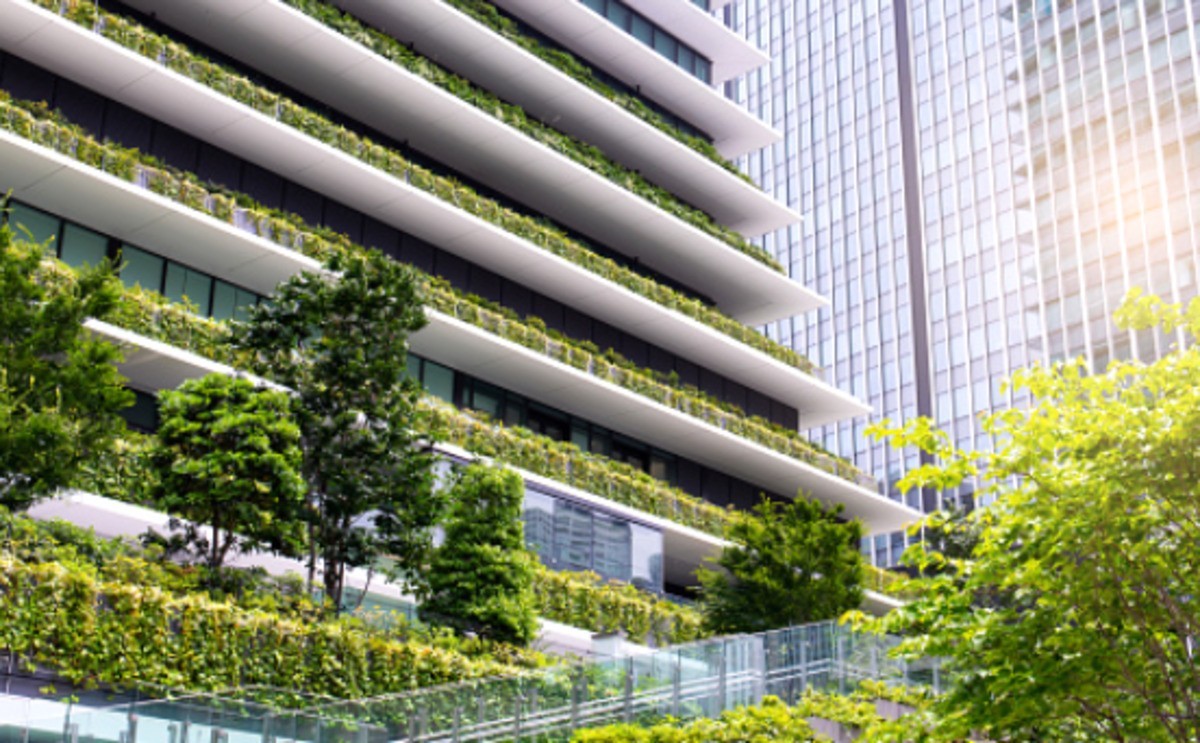6 Fundamental Principles of Sustainable Building Design

Many commercial industries rely on natural resources such as gas, water, and minerals. With the world continuously progressing, there is a visible increase in the demand for these resources, causing shortages worldwide.
With the drastic environmental changes, establishment owners are sticking to sustainable options that effectively function while having a safer effect on the environment. Energy use in the U.S. usually comprises air conditioning, ventilation, heating, facility support, and lighting.
Even though every commercial building uses natural resources, generates waste, and contributes to pollution, there is still overall progress because it has become more fuel-efficient and less labor-intensive over the years. The U.S. Environmental Protection Agency stated that 30% of the energy used in commercial buildings is wasted. Because of too much energy emission, green building was more opted by establishment owners across the globe.
What are Green Buildings?
Green buildings, green constructions, and a green sustainable building refer to structures that utilize environmentally responsible and resource-efficient processes throughout an establishment's life cycle. It includes design, construction, operation, maintenance, renovation, and demolition, minimal environmental impact.
If you're interested in going to the greener side, here are some principles that you should take note of when you want to construct a more sustainable establishment.
1. Utilize Sustainable Materials
A sustainable building is created and functioned to use and reuse materials most productively and sustainably across its life cycle. The goal of sustainability is to make something last. The central idea of using sustainable building materials is to construct an establishment with a longer lifespan, lower maintenance costs, and less upkeep.
A cost reduction and extended lifespan seem reasonable enough to convince anyone to build a sustainable commercial building. But what type of materials are often used to make a sustainable building last longer and make it so cost-efficient? Some examples of energy-efficient materials are stable bamboo and cork flooring, LEED access doors and panels, solar panels, natural fiber wool carpeting, concrete flooring & walls, reclaimed wood, and metal roofing & siding.
2. Choose Your Site Wisely
The location of your commercial building will also impact its overall sustainability. Whether creating a new building or retrofitting an old one, your site design must incorporate sustainable design to achieve your desired project. And this will start with choosing the proper site selection, including the existing building's rehabilitation. The location, orientation, and landscaping of a commercial building will affect the local ecosystems, transportation methods, and of course, energy use.
3. Conserve Energy Use
Enhancing the energy performance of existing buildings is essential to increasing our energy independence. Operating net-zero energy buildings is one way to significantly reduce our dependence on fossil fuel-derived energy.
4. Water Conservation
Freshwater resources in the United States are reaching the point of scarcity. A sustainable building design and construction will intelligently utilize water to decrease the alarming impacts of freshwater resources. In addition, sustainable construction and building design should promote recycling water on particular on-site projects when possible.
5. Waste Reduction
If buildings were built to be more reusable and adaptable, there would be a lesser need for demolition. Destruction has an enormous impact on the amount of waste initiated during each building's lifespan. To help reduce your trash at your building site, make sure to use low-impact materials that are practically sourced and reused from other projects, as well as sustainable recycling at every stage of the construction process.
6. Indoor Air Quality
The indoor air quality can significantly impact your occupant's health, productivity, and comfort. Among other factors, a sustainable building also uses daylighting, appropriate ventilation, moisture control, improves acoustic performance, and avoids using materials with high-VOC emissions. Although all buildings require different measures, HVAC modifications can have a helpful contribution towards improving your building's air quality.
It's high time to opt for greener alternatives that still provide the durability and function we need. Investing in materials that will help you decrease your energy cost is never a bad investment. Green buildings not only promote the utilization of environmentally-friendly alternatives, but they can also help you save money in the long run.



